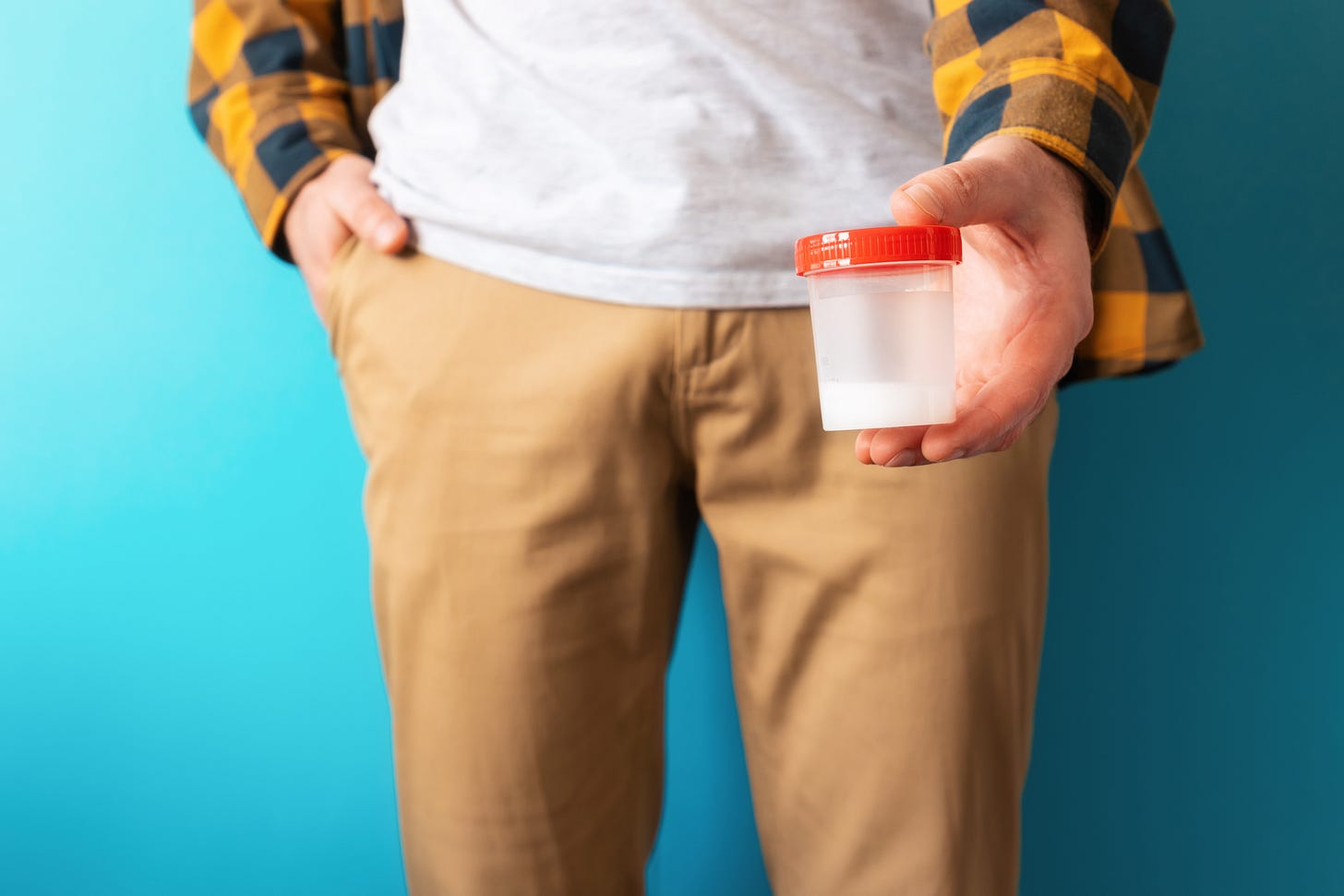The emotional impact of sperm donor rejection
The emotions, concerns and reactions of sperm donor candidates to their rejection by a sperm bank (Pennings, 2024)
Pennings, G., Lassen, E., Lemmen, J. G., Thirup, L., Pacey, A., & Skytte, A. B. (2024). The emotions, concerns and reactions of sperm donor candidates to their rejection by a sperm bank. Journal of Assisted Reproduction and Genetics. https://doi.org/10.1007/s10815-024-03357-6
Geographic Region: USA and Denmark
Research Question: What are the emotions, concerns and reactions of sperm donor candidates to their rejection by the sperm bank?
Design: Online questionnaire-based survey administered to donor candidates rejected from Cryos International who consented to be contacted. Data collection from December 2022 to January 2024.
Sample: 101 rejected donor candidates (response rate 11.3%). 81.2% of respondents were from Denmark, 18.8% from USA. Mean age was 28.5 years (range 18-57). 46.5% had partners and 19.8% had children of their own. 29.7% intended to be identity-release donors, 25.7% non-identity release donors. Main reasons for rejection were family medical history (25.7%), medical questionnaire risks (18.8%), eligibility criteria (17.8%)
Key Findings
About half were satisfied with how they were informed of rejection. Most were informed by telephone (68%) or email (23%). About 1 in 4 thought counseling should be available when getting the rejection news
Most men (about 2/3) felt disappointed when rejected. A little more than half were surprised they couldn't be donors. Only a small number (about 1 in 10) worried about their health, fertility, or masculinity.
Most men (58%) talked about it with family, friends, or partners. Only about 1 in 10 planned to see a doctor about it. About 1 in 3 saw positive aspects - like being glad to learn about potential health issues early. About 1 in 4 thought they needed more testing.
Limitations: Low response rate (11%). Possible response bias from dissatisfied candidates. Large variation in criteria and screening procedures between banks.
Applications: Consider providing written explanations for rejection reasons. Offer counseling when delivering rejection news. List exclusion criteria clearly on websites. Consider offering counseling for those who want it.
Funding Source: Not explicitly stated
Lead Author: Guido Pennings is a professor at the Department of Philosophy and Moral Science, Bioethics Institute Ghent, Universiteit Gent, Belgium. (Note: Some authors employed by Cryos International)
Regulatory Context
Denmark
Before 2007, only anonymous sperm donation was allowed. After 2007, both anonymous and non-anonymous sperm donation are permitted. Offspring can access non-anonymous donor’s identity at age 18.
Denmark is known for its large sperm banking industry.
No restrictions on donor compensation.
United States
There are no comprehensive federal laws regulating gamete donation or donor conception in the U.S. The process is largely self-regulated by the fertility industry.
The Food and Drug Administration (FDA) does have some oversight, primarily related to screening and testing of donors for infectious diseases.
The American Society for Reproductive Medicine (ASRM) provides ethical guidelines and recommendations for donation practices. However, these are not legally binding.
There are no legal limits on compensation for donors. A 2011 court ruling (Kamakahi v. ASRM) determined that price caps on donor compensation violate antitrust laws.
ASRM recommends a minimum age of 21 for gamete donors, but this is not legally mandated.
The U.S. does not have laws prohibiting anonymous donation.
Some states have enacted their own laws regarding aspects of assisted reproduction and parentage, but these vary widely.

